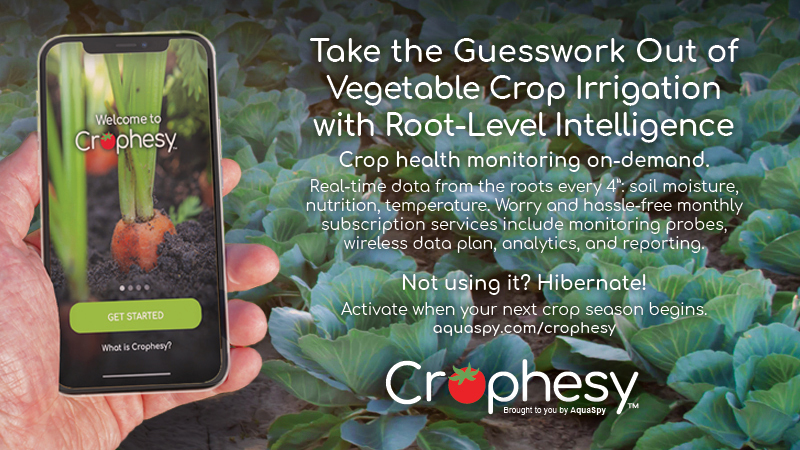Tips to Tackle Thrips In Brambles
Some bramble growers have seen unusually high populations of thrips in their berries this season. This poses two, potentially three, problems. The first relates to feeding injury. Feeding by thrips can injure floral parts and also drupelets after berries are formed. Destruction of flower parts leads to incomplete berry formation.
The second problem arises when high populations persist until harvest. Active thrips found in the harvested fruit may be a concern with buyers. The third potential problem lies in the fact that thrips can serve as vectors of virus diseases.
The specific identity of the thrips in the current outbreaks needs to be confirmed. The two most likely candidates are the flower thrips (FT), Frankliniella tritici, and the western flower thrips (WFT), F. occidentalis.
In the mid-Atlantic states, WFT infestations appear to be somewhat local and often occur in the proximity of greenhouses with a history of high incidence of WFT. FT and WFT both have an extremely wide host range including weeds, floricultural crops, field crops, and tree and small fruit crops. WFT adults are slender, yellowish, and hold their fringed wings over their backs.
Differentiation from FT requires microscopic examination. Larvae are smaller and wingless, but otherwise resemble adults.
The life cycle of thrips is complex. After the egg stage, there are two feeding instars called larvae. Following these larval instars, there are two non-feeding stages called the prepupa and pupa. These are followed by the adult stage, also a feeding stage. In areas with cold winters, thrips may overwinter as pupa in earthen cells, but in warm areas may survive as active forms all year.
Why So Many Thrips Now?
This is a hard question to answer. Populations are normally higher on plants during bloom. Plant factors in addition to the crop plant can have a profound impact on thrips numbers, since they can breed in such a wide variety of hosts. Climatic factors can also have a major impact on thrips populations. Rains can wash off more than 90% of thrips and kill those trapped in the soil, so populations may be higher after sustained periods without rainfall. This spring has seen many areas with dry weather, and this may have led to higher thrips populations.
Thrips transmit a couple of related viral diseases. Though these viruses have been found in Rubus, their significance in caneberries is unclear. Tomato spotted wilt virus is acquired during larval feeding by several species of Frankliniella. Impatiens necrotic spot virus was formerly considered a strain of the previous virus. INSV is also transmitted by several species of Frankliniella, and has been isolated recently in Rubus.
Control Options
There are natural enemies that may suppress numbers of thrips. Predatory bugs like the minute pirate bug, Orius, feed on thrips, as do some predatory mites. Some species of thrips are in fact predatory, and feed on various small prey, like plant-feeding thrips and spider mites. Lacewing larvae, lady beetles, and syrphid flies also feed on thrips. Certain solitary wasps have been known to capture thrips with which to provision their young.
There are several chemical alternatives for thrips management. SpinTor (spinosad, Dow AgroSciences) is registered for thrips control on some crops, including caneberries. Aza-Direct (azadirachtin, Gowan Co.) is also recommended. This is also environmentally selective, and is OMRI certified. Malathion is a more conventional organophosphate, and is less effective for this use than the other materials.
The pre-harvest interval value is of critical importance, so be sure to check the label for each product. Thrips are most prevalent during bloom, but there is broad overlap between blossoming and fruit development, including harvest. Not only is proximity to harvest a concern, but bee hazard is an issue as well. Malathion is highly toxic to bees. SpinTor is moderately toxic (do not apply to blossoms if bees will forage within three hours). Aza-Direct is relatively non-toxic to honey bees.









